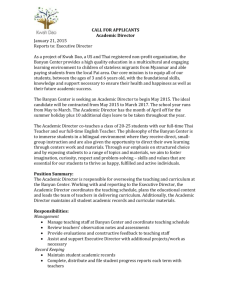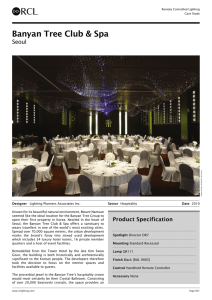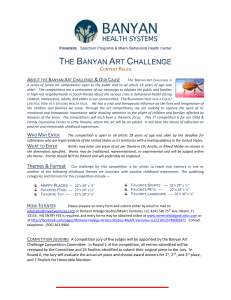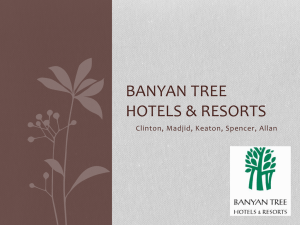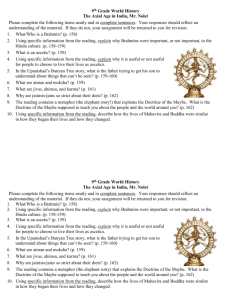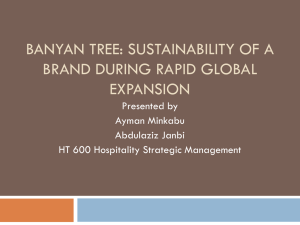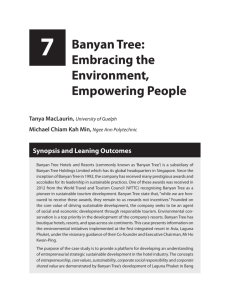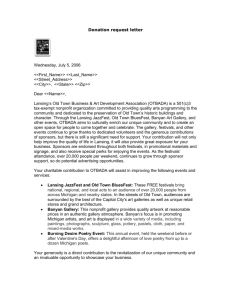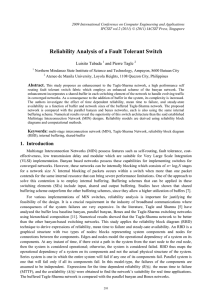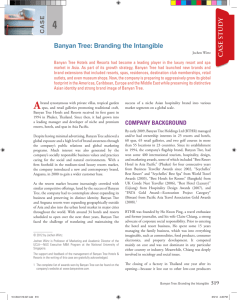Banyan Site Visit Report:
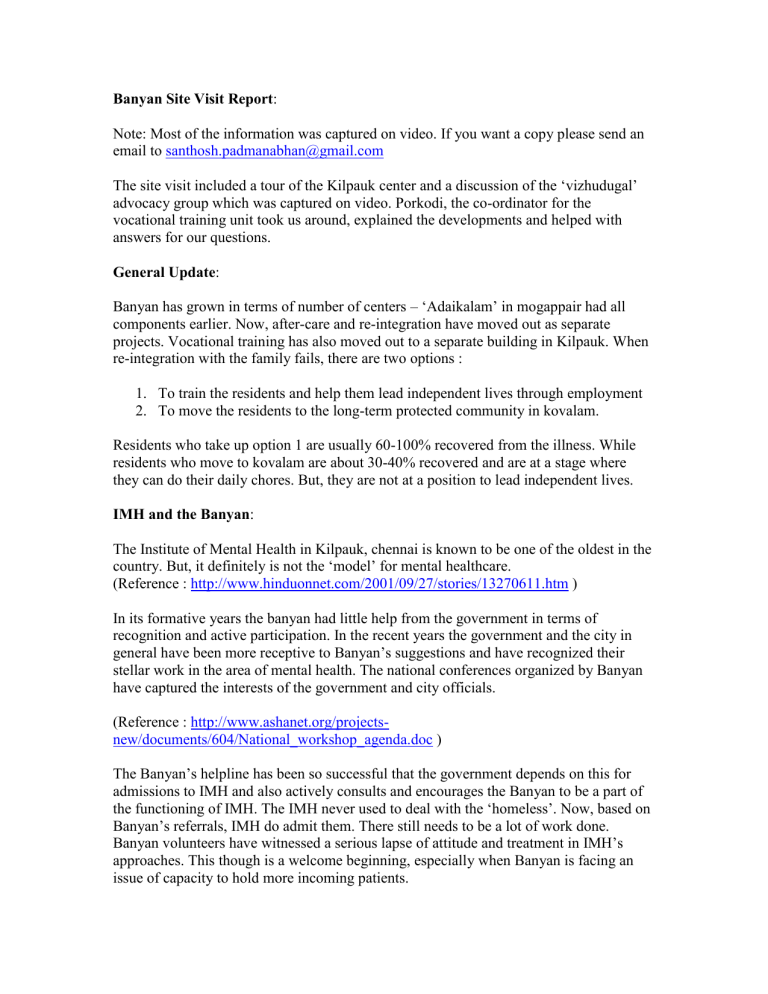
Banyan Site Visit Report :
Note: Most of the information was captured on video. If you want a copy please send an email to santhosh.padmanabhan@gmail.com
The site visit included a tour of the Kilpauk center and a discussion of the ‘vizhudugal’ advocacy group which was captured on video. Porkodi, the co-ordinator for the vocational training unit took us around, explained the developments and helped with answers for our questions.
General Update :
Banyan has grown in terms of number of centers – ‘Adaikalam’ in mogappair had all components earlier. Now, after-care and re-integration have moved out as separate projects. Vocational training has also moved out to a separate building in Kilpauk. When re-integration with the family fails, there are two options :
1.
To train the residents and help them lead independent lives through employment
2.
To move the residents to the long-term protected community in kovalam.
Residents who take up option 1 are usually 60-100% recovered from the illness. While residents who move to kovalam are about 30-40% recovered and are at a stage where they can do their daily chores. But, they are not at a position to lead independent lives.
IMH and the Banyan :
The Institute of Mental Health in Kilpauk, chennai is known to be one of the oldest in the country. But, it definitely is not the ‘model’ for mental healthcare.
(Reference : http://www.hinduonnet.com/2001/09/27/stories/13270611.htm
)
In its formative years the banyan had little help from the government in terms of recognition and active participation. In the recent years the government and the city in general have been more receptive to Banyan’s suggestions and have recognized their stellar work in the area of mental health. The national conferences organized by Banyan have captured the interests of the government and city officials.
(Reference : http://www.ashanet.org/projectsnew/documents/604/National_workshop_agenda.doc
)
The Banyan’s helpline has been so successful that the government depends on this for admissions to IMH and also actively consults and encourages the Banyan to be a part of the functioning of IMH. The IMH never used to deal with the ‘homeless’. Now, based on
Banyan’s referrals, IMH do admit them. There still needs to be a lot of work done.
Banyan volunteers have witnessed a serious lapse of attitude and treatment in IMH’s approaches. This though is a welcome beginning, especially when Banyan is facing an issue of capacity to hold more incoming patients.
Training to work in the mental health sector :
There are plans to start a school (courses) geared for individuals interested in pursuing a career in the mental health sector. This would cater to and encourage the Banyan model of care and rehabilitation. It will cater to a wide audience ranging from NGO workers, doctors to police officials. This will also encourage and develop initiatives in the lines of
Banyan.
Vizhudugal (saplings) advocacy group :
The residents formed a group called ‘vizhudugal’. This is a democratic setup where all issues are discussed. It could be anything related to day-to-day activities, any concerns in the functioning of the banyan or even views on major initiatives of Banyan. This group is instrumental in determining the direction of Banyan. One example of their efforts was a press conference to demand voting rights for the mentally disabled.
This effort of the Banyan was to focus on empowerment and an active involvement of the residents in its functioning.
We have captured on video a brief excerpt of their discussion on ‘mental disability vs other disability at a work place’.
Updates on Vocational Training :
While occupational therapy was always an aspect of treatment, Banyan has seen the most progress in occupational therapy and vocational training in the last two years.
‘Adaikalam’ still houses a ‘transit’ VT/OT unit. Minimum wages are provided to the trainees there. Once a resident reaches a stage where she can lead an independent life with a full time employment, then the move to Kilpauk is made. The center in Kilpauk also has a ‘working women’s hostel’.
Many residents have been successfully placed outside of this unit. TVS in madurai gave training for many residents in ‘Home making courses’ and helped in placing them. Some of them have also found employment in beauty parlors. There has been an increase in the number of employment offers. In terms of issues faced, its been difficult sustaining each stream as a ‘sustainable’ unit. This is mainly because skilled residents gain eployment outside and choose to work outside. When this happens, they still have a choice to stay in the ‘working women’s hostel’. But, this means lesser work force for streams in the
Banyan.
While working with placed flat orders has been the norm, there is now a move towards building a ‘brand’. For e.g. a ‘Banyan Café’ – This opens up a lot of possibilities and improves the chances for a broader market. This does involve more marketing and one more person (Sandhya menon) will be working with the VT/OT unit in helping achieve this. More information is available in the video.
